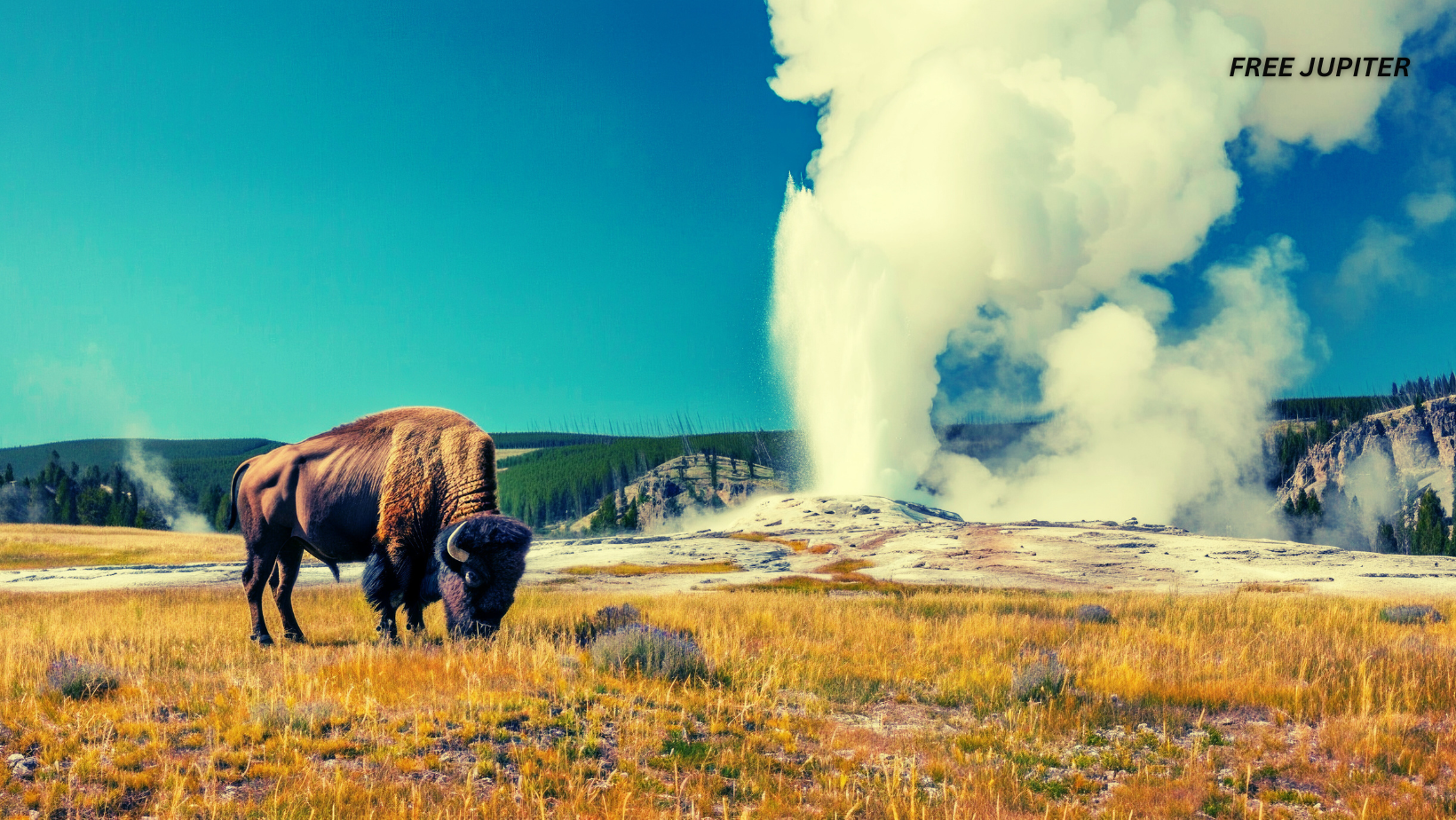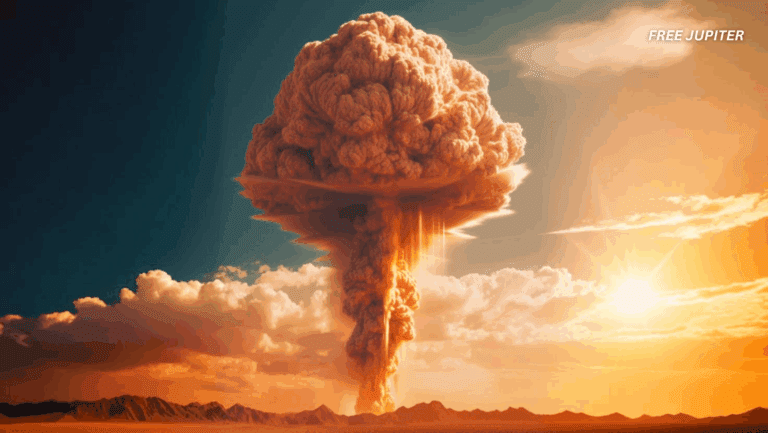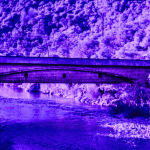Yellowstone National Park has long been a source of fascination, both for scientists and the general public. Its sprawling landscapes and geothermal wonders hide a massive supervolcano beneath the surface—one that has often been the subject of apocalyptic predictions. While an eruption from this volcanic giant remains a distant possibility, recent findings suggest a shift in its activity, potentially altering where the next eruption could occur.
A Surprising Shift in Volcanic Activity
New research has uncovered a shift in Yellowstone’s volcanic activity, suggesting that future eruptions may not follow historical patterns. Advanced underground imaging has revealed that volcanic energy is gradually moving toward the northeastern section of the park.
Traditionally, the western part of Yellowstone has been the most geologically active. However, scientists using cutting-edge electromagnetic detection techniques have found that this region is cooling down. Meanwhile, the northeastern section remains strongly linked to a deeper and hotter magma source. This finding challenges previous assumptions about where future volcanic activity might take place.
Read more: Scientists Say Eruption at Alaska’s Mount Spurr is Likely, And Preparations Should Begin
How Scientists Mapped Yellowstone’s Magma System
To track these underground changes, researchers relied on a method known as magnetotellurics. This technique uses natural electromagnetic signals, such as those generated by lightning and solar activity, to analyze the subsurface of the Earth. These signals interact with different materials, allowing scientists to map variations in temperature and composition beneath the ground.
Magma, being an excellent conductor of electricity, produces distinct electromagnetic signatures. By analyzing these signals, researchers were able to identify seven separate magma reservoirs beneath Yellowstone—some of which had never been mapped before.
The most striking discovery was the diminishing heat beneath Yellowstone’s western side. While that area is gradually cooling, the northeastern section remains connected to deeper reservoirs of molten rock. This ongoing supply of heat suggests that, over thousands of years, volcanic activity will likely intensify in that region.
What This Means for Yellowstone’s Future
Despite this shifting activity, a major eruption is still not expected anytime soon. Geological changes happen on a scale far beyond human lifetimes. According to researchers, it could take hundreds of thousands of years for the northeastern magma reservoir to accumulate enough heat and pressure to trigger an eruption.
The last major eruption at Yellowstone occurred approximately 640,000 years ago, with the most recent lava flow taking place around 70,000 years ago. While those events may seem ancient by human standards, they are relatively recent in geological time.
At present, much of Yellowstone’s underground magma remains in a semi-solid state. This means that it lacks the necessary conditions for a large-scale eruption. Even as heat builds beneath the northeastern section, the process is incredibly slow, making an imminent eruption unlikely.
Read more: The Chilling Story Behind A Man Sitting In A Lawn Chair Before Disaster Hit
Why Magnetotellurics Is a Game-Changer for Volcanic Studies
The use of magnetotellurics has provided an unprecedented look at Yellowstone’s underground structure. This technique, which relies on naturally occurring electromagnetic waves, allows scientists to peer deep beneath the Earth’s crust without intrusive drilling or excavation.
By analyzing how these waves interact with different underground materials, researchers can determine the locations and compositions of magma reservoirs. Magma’s unique conductive properties make it stand out in these readings, offering a highly detailed view of the volcanic system.
In the case of Yellowstone, this technology has identified crucial shifts in heat distribution, painting a clearer picture of the park’s volcanic evolution. With continued monitoring, scientists hope to refine their predictions about future eruptions and gain deeper insights into the forces shaping one of the world’s most famous supervolcanoes.
The Slow Evolution of Yellowstone’s Volcanic System
While the discovery of a shifting magma system is significant, it does not indicate any immediate danger. The changes occurring beneath Yellowstone are part of a long-term natural process that unfolds over thousands, if not millions, of years.
The gradual nature of these changes is largely driven by the movement of magma, the cooling and solidification of rock, and the ongoing interactions between deep Earth processes and surface conditions. Magma reservoirs slowly accumulate heat over time, but without the necessary buildup of pressure, eruptions remain unlikely. This slow pace is dictated by the thickness and composition of the Earth’s crust, which acts as both a barrier and a conduit for volcanic activity.
Moreover, Yellowstone’s volcanic system is influenced by shifting tectonic forces. The North American tectonic plate is continuously moving over the stationary hotspot that feeds Yellowstone’s magma system. This movement, occurring over millions of years, gradually alters the location and behavior of volcanic activity. As a result, areas that were once highly active may cool down, while new regions become more geologically dynamic.
Another important factor in Yellowstone’s evolution is the release of geothermal energy through geysers, hot springs, and fumaroles. These features help to regulate underground pressure, allowing heat to escape gradually rather than accumulating rapidly. This slow release of energy plays a crucial role in preventing sudden eruptions and maintaining Yellowstone’s status as a dormant, rather than an active, volcanic system.
Understanding these geological shifts is essential for scientific forecasting, but it is also important to place them in context. The Earth’s timeline operates on a vastly different scale than human perception, meaning that while volcanic activity is shifting, it will likely take eons for it to reach a critical stage.
Read more: Earth’s Core Is Leaking, And Scientists Have Finally Figured Out Why
What’s Next for Yellowstone Research?
This latest discovery has opened up new avenues for research. Scientists plan to conduct further studies to monitor heat levels and track changes in the northeastern magma reservoirs. This research will likely incorporate additional techniques such as seismic imaging, ground deformation measurements, and chemical analysis of gases emitted by Yellowstone’s geothermal features.
A combination of these methods will provide a more comprehensive understanding of Yellowstone’s volcanic system. By refining their models, researchers hope to gain better insights into the long-term evolution of the park’s underground activity.
Conclusion: A Slowly Unfolding Future
Yellowstone’s volcanic system continues to evolve, but any major eruption remains far in the future. The shifting activity toward the northeastern section of the park provides scientists with valuable new data, helping them piece together the complex processes at work beneath the surface.
For now, Yellowstone remains a breathtaking natural wonder, drawing millions of visitors each year. While its volcanic activity continues to be closely monitored, the latest findings suggest that any potential eruption is still a distant event—one that will likely unfold on a geological timescale rather than a human one.










